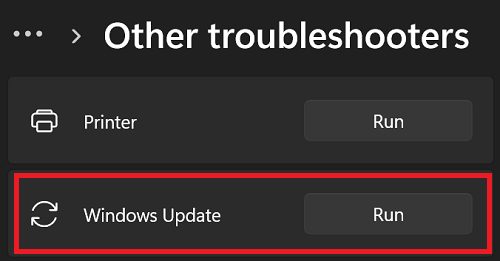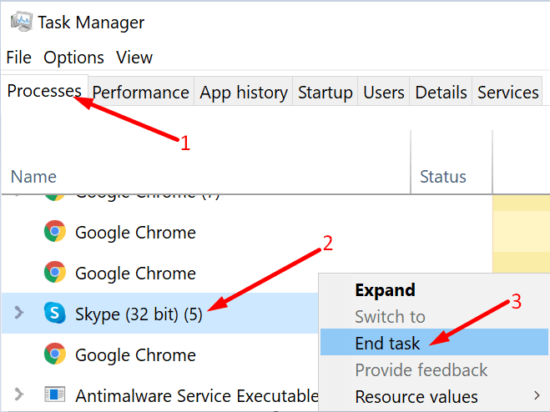It is critical to keep your Windows computer up to date. The most recent updates frequently include security enhancements as well as new functionality. Unfortunately, updating your machine to the latest Windows OS version is not always feasible due to various unforeseen update errors. This fast article will look at Error Code 0x80004005 and how to fix it.
How To Easily Fix Windows Update Fails With Error 0x80004005?
This article will look at Error Code 0x80004005 and how to fix it Fastly.
1. Run Update Troubleshooter
First and foremost, see if the built-in Windows Update troubleshooter can resolve the issue causing error code 0x80004005.

1 – Go to Settings, then System, and then Troubleshoot.
2 – Next, choose Other troubleshooters and run the Windows Update troubleshooter.
3 – Now, after running the tool, check for updates again.
2. Restart Windows Update Services
If the error code 0x80004005 continues, restart the Windows Update services. The simplest approach is to use Command Prompt to execute a sequence of commands.
1 – Run Command Prompt with admin rights.
2 – Then, one by one, run the following commands:
net stop bits
net stop cryptsvc
net stop wuauserv
net stop msiserver
Ren C:\Windows\SoftwareDistribution SoftwareDistribution.old
Ren C:\Windows\System32\catroot2 Catroot2.old
net start bits
net start cryptsvc
net start wuauserv
net start msiserver
3 – Restart the computer and check for updates again.
3. Turn off All Background Programs
If you still can’t install the latest OS updates, one of your background programs may interfere with the update process. Third-party antivirus, firewall, and antimalware tools are included. However, they may occasionally mark updated files as suspicious and prevent your machine from installing them.

Launch Task Manager and navigate to the Processes page to get a list of all the apps and programs that are currently running on your machine. Then, right-click on the application you wish to terminate and choose End task. Another option is to conduct a clean boot. In other words, you can restart your computer using just a few drivers and programs.
4. Repair Faulty System Files
Don’t be shocked if your computer fails to install the latest OS updates or any of your system files have become damaged. The fine news is that you can rapidly fix these files by running DISM and SFC.
1 – Run Command Prompt with admin rights.
2 – Run the following commands one by one:
DISM /Online /Cleanup-Image /RestoreHealth
scf/ scannow
3 – Restart the computer and try again.
5. Clean Install Windows
If nothing else works, try reinstalling the operating System. To do so, download Microsoft’s Windows media creation tool and build an installation flash drive. Then, via the USB flash drive, install the updated Windows OS version.
Also Check :
Final Words:
To fix error 0x80004005, use Command Prompt to run the Windows Update troubleshooter and restart the Windows Update services. Then, force-stop all background programs or restart your machine. DISM and SFC can also be used to repair faulty or missing system files. Finally, install the most recent Windows OS version from a bootable USB flash drive if the problem persists. Did you succeed in updating your computer to the most recent Windows version? Which solution was successful for you? Leave a comment below.



